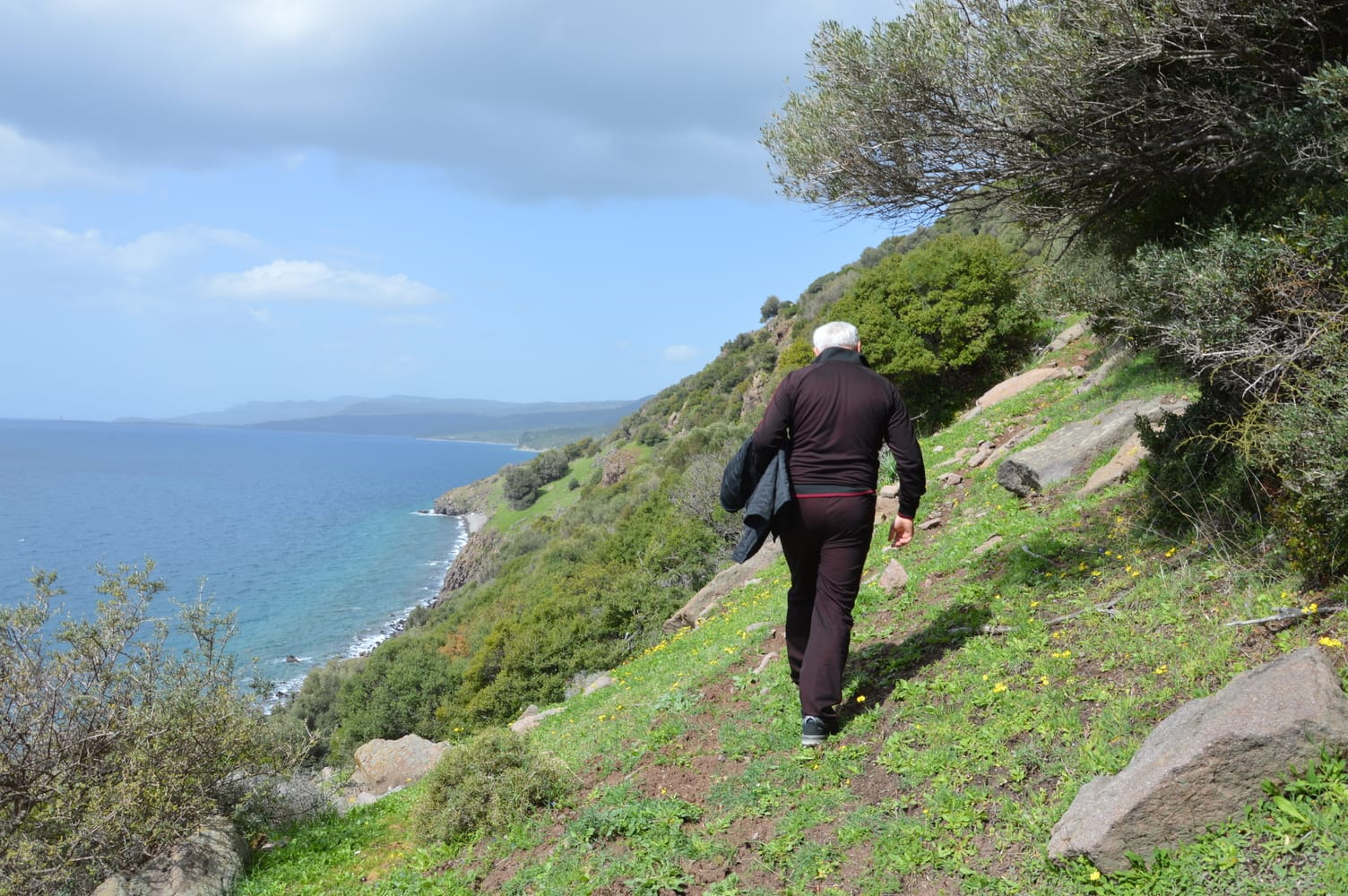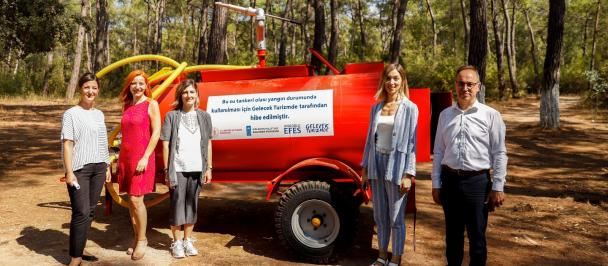Those who stayed in their homes for a long time due to the coronavirus pandemic and longed for nature chose the Troy Culture Route this summer. Offering an alternative experience for its visitors, Troy Culture Route hosts more and more guests every year thanks to the increasing interest, and their posts meet with other nature and history lovers via social media and YouTube.
Troy Culture Route starts from the Archeological Site of Troy which is currently on the UNESCO World Heritage List and ends at Assos Ancient Harbor. Would you like to discover this 120 km long route and what it has to offer to its visitors?
The museum, which you can visit before you start the walk, takes you into the depths of history and reminds you of Homer's Iliad, while the ancient city reminds you of the movie Troy and adds a greater excitement and meaning to your trip. The region, which has never lost its importance throughout history, carries the traces of the Trojan Wars, Helen, Lydia, Persia, Alexander the Great, Roman, Byzantine and Ottoman Empires. It can take 5-7 days to cover the entire route with 16 archaeological sites and 7 historical sites along the way, depending on your walking speed and the time you will spend in the villages, beaches and historical sites on the route. Since the route is created in stages, it is possible to make shorter or thematic tours. You can obtain the brochure and map of Troy Culture Route from the Troia Foundation, Troy Museum and Troy Ruins. The route is also shared as an application on the Google Play Store and App Store. You can access the application links in English and Turkish on www.troycultureroute.com. You can also follow various posts regarding the route through the Instagram account @troycultureroute.
Troy Culture Route Project, supported by the Ministry of Culture and Tourism, the United Nations Development Programme (UNDP) and Anadolu Efes, within the scope of the Future is in Tourism Project, was carried out in 2018 (announced as Troy year), in collaboration with the Çanakkale History and Culture Foundation (ÇAT-KAV) and Çanakkale Governorship.
With the project, the cultural identity and cultural heritage of the villages from Çanakkale to Assos were preserved, while strengthening the ties between visitors and local people. Within the scope of the project, it was aimed to increase the number of visitors to the region by organizing a 120-km walking and bicycle path along the region’s cultural and natural wealth with ancient settlements, ancient quarries, bridges, thermal springs, beaches, salt and agricultural areas. Marking and signing works were carried out on the route by the experts and the volunteers, security measures were taken, environment and road arrangements were made, and a detailed walking map was drawn. Furthermore, while the local people were provided with trainings on sustainable tourism, home boarding, souvenirs, preserving the historical, cultural and natural heritages around them, sustainable tourism and tourism legislation trainings were also implemented for local and central authorities and tourism enterprises.

 Locations
Locations




